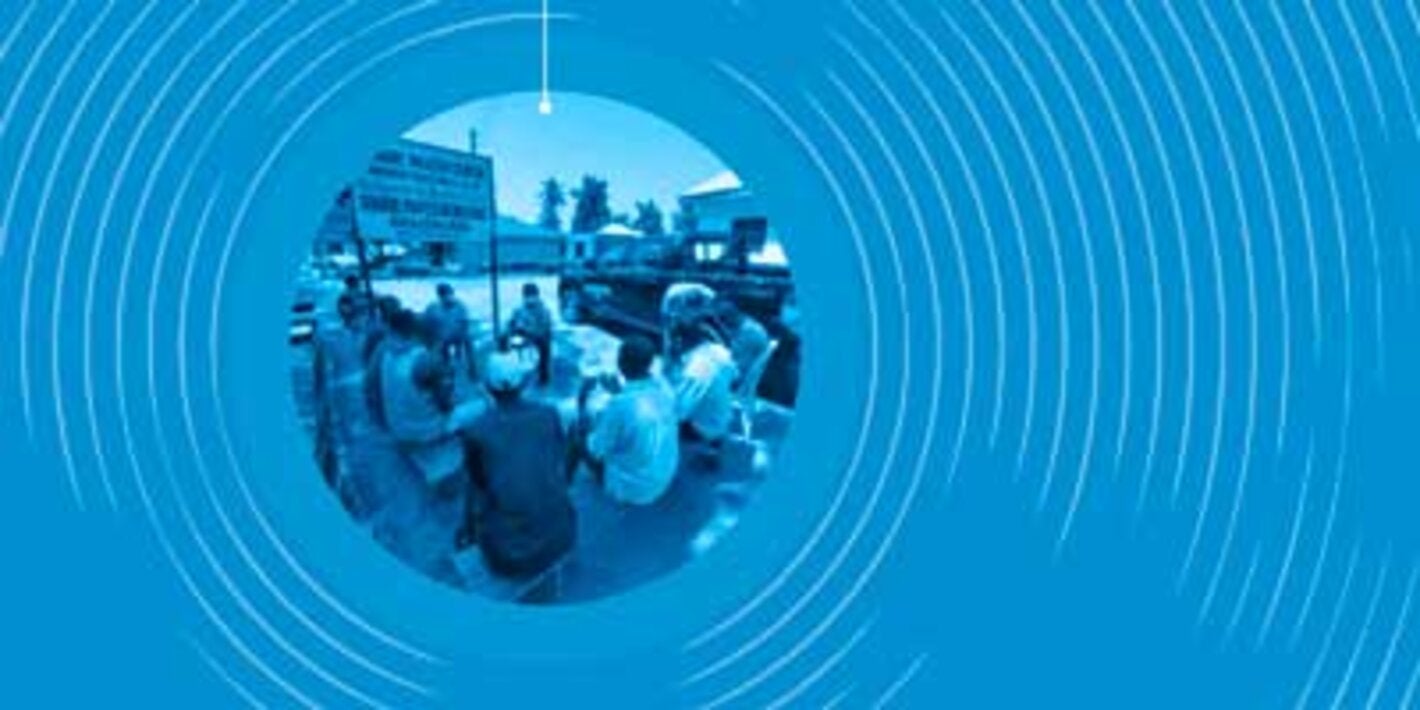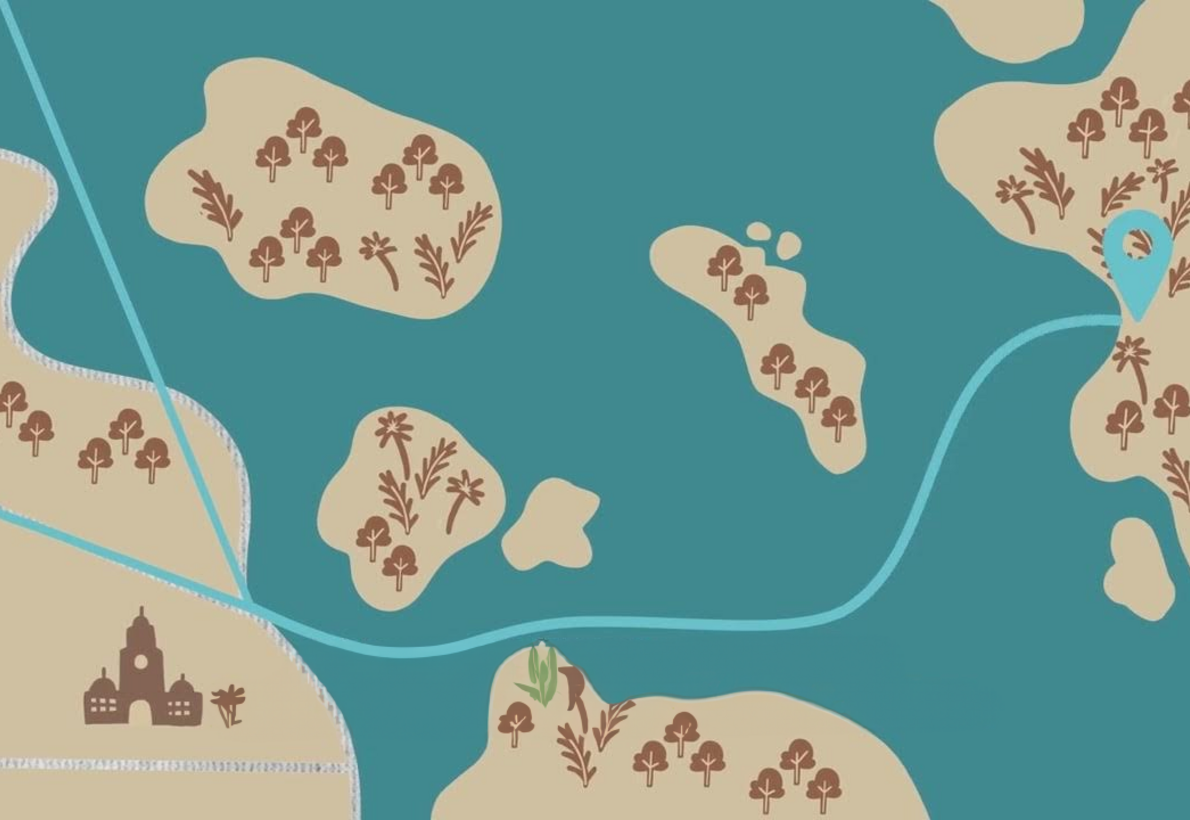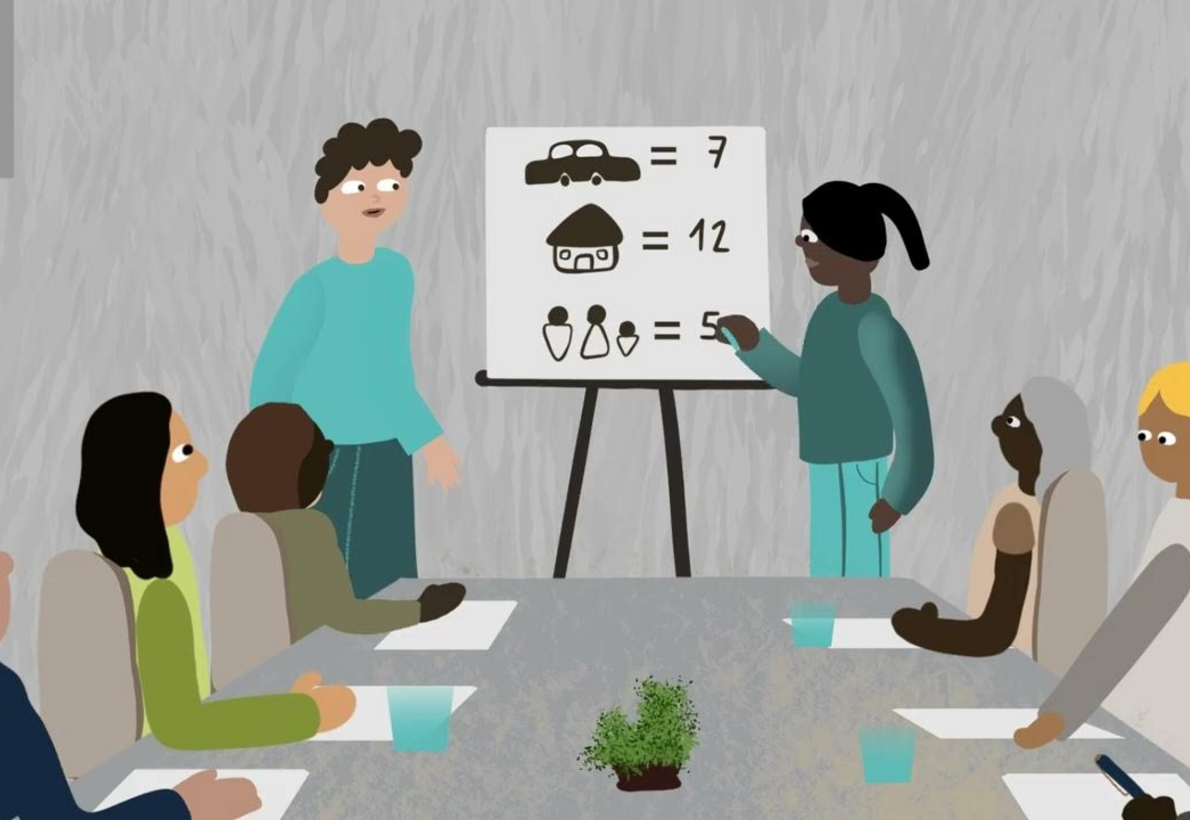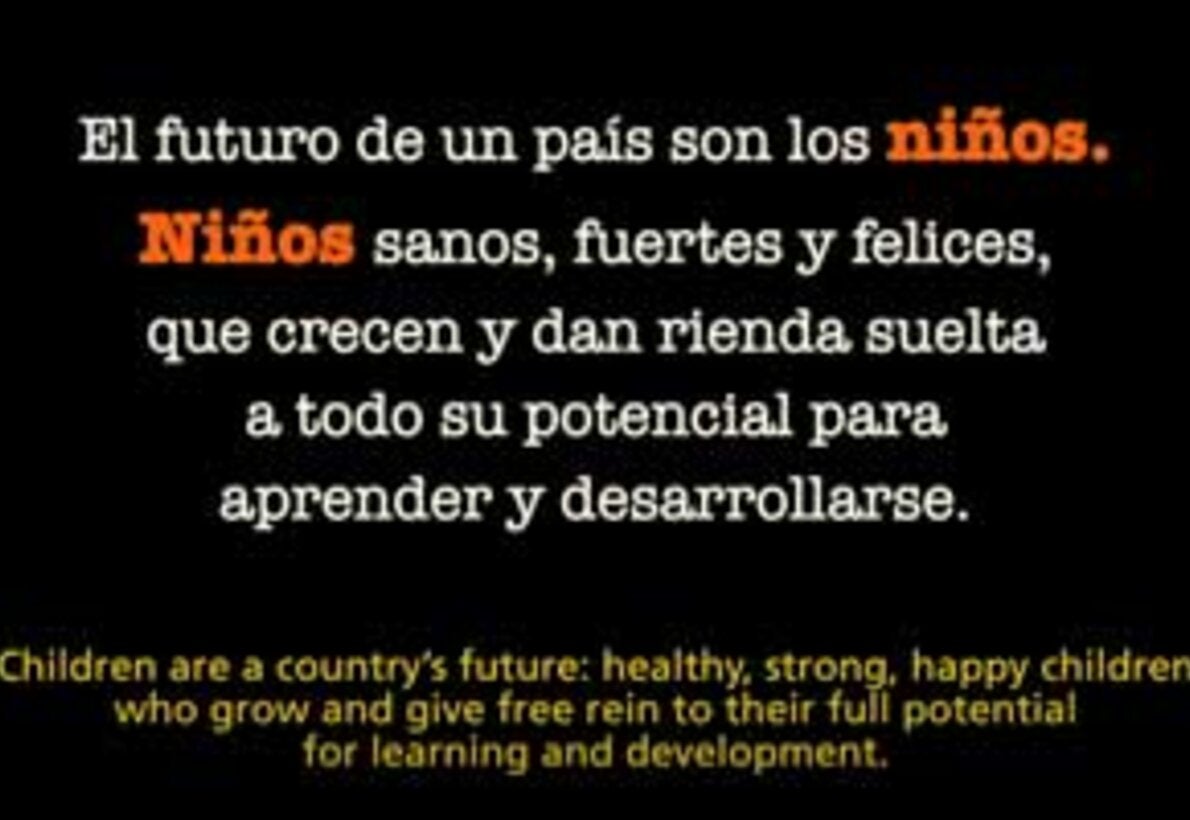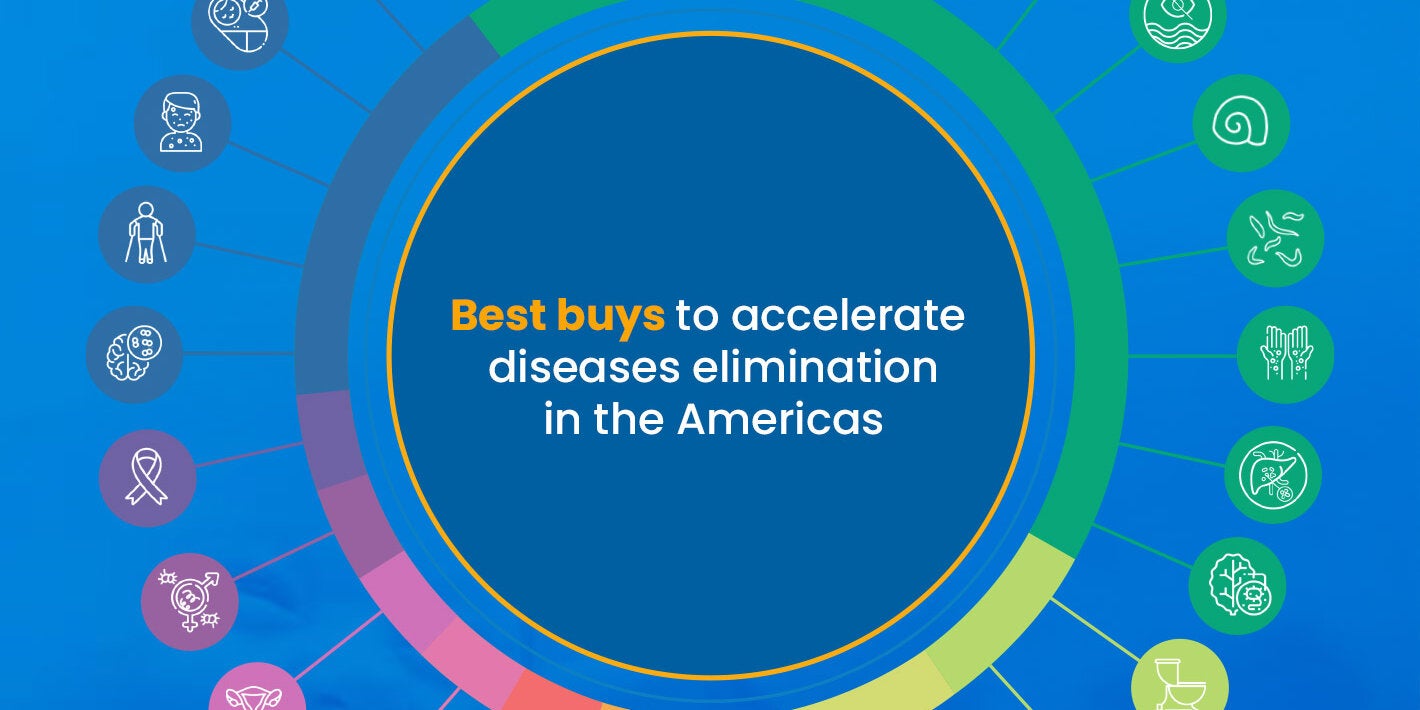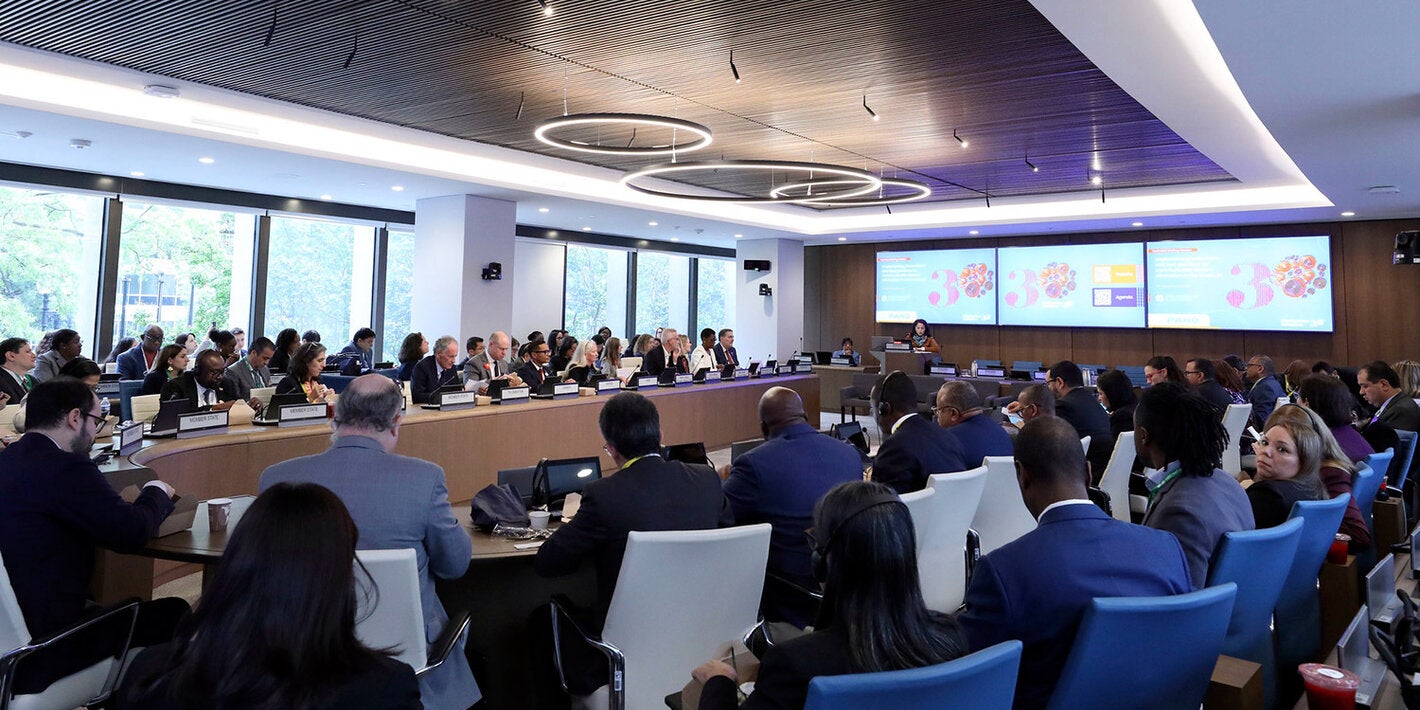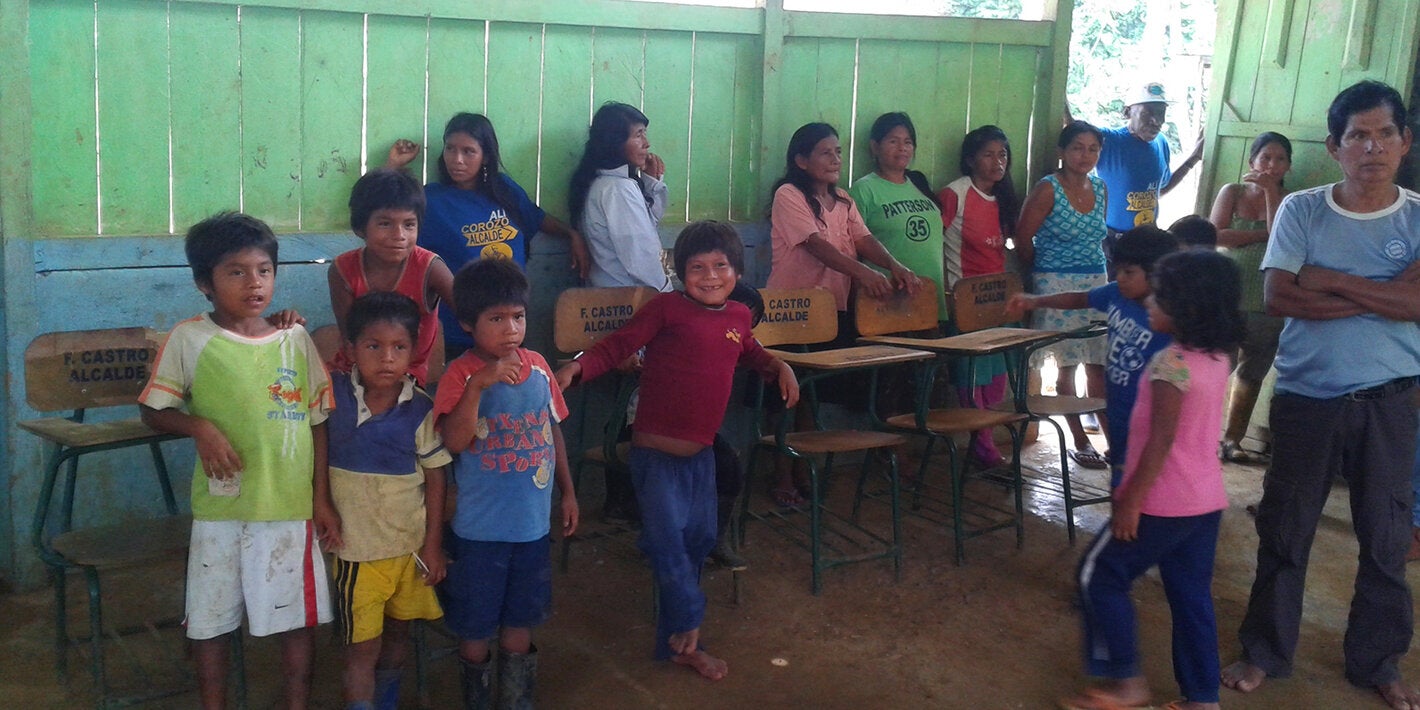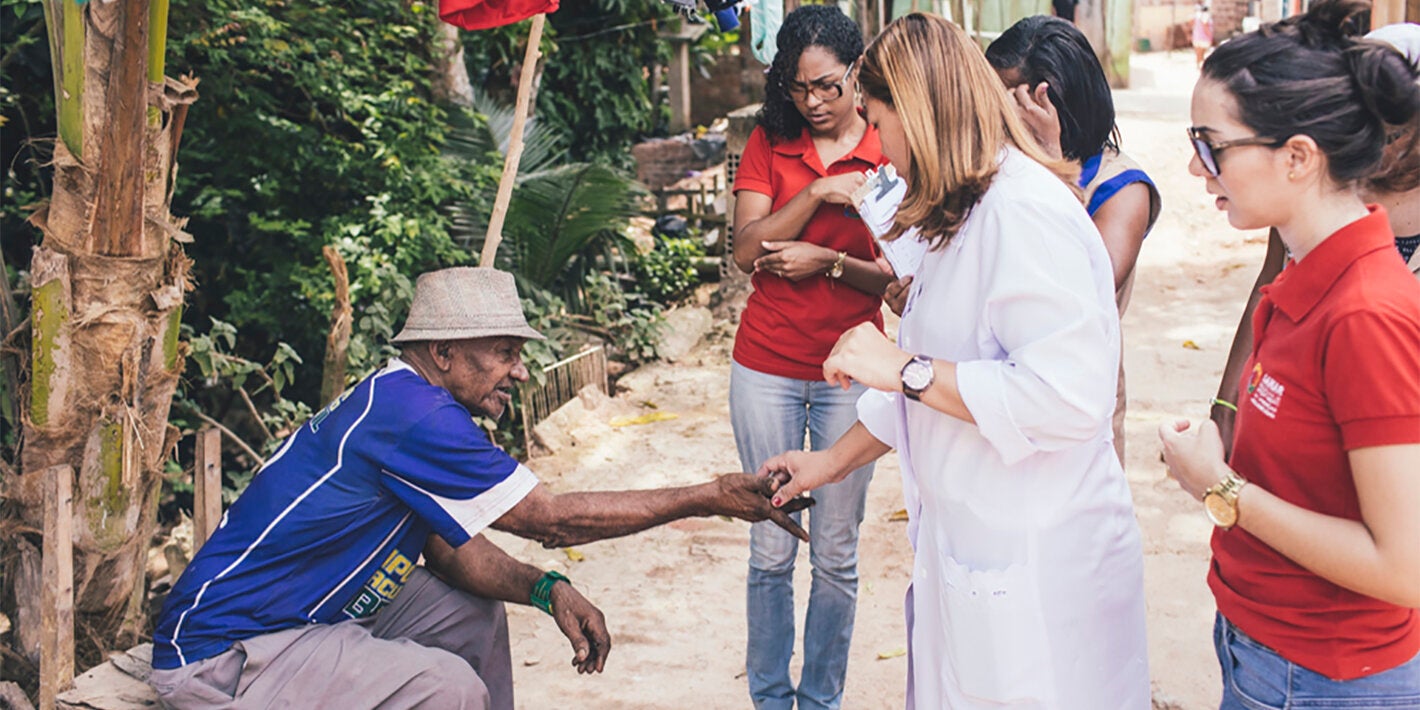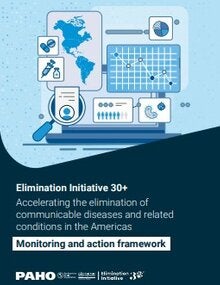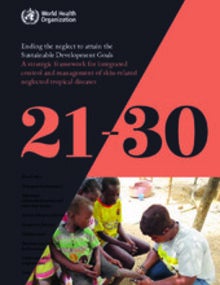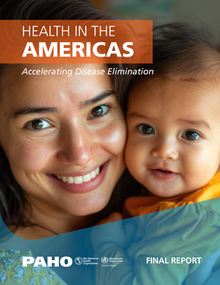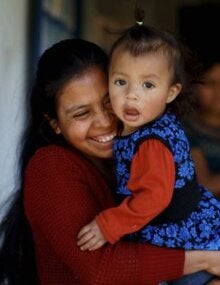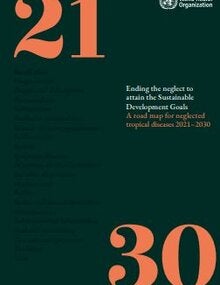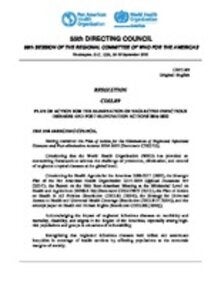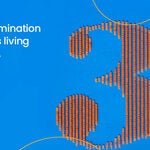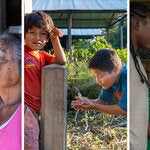Helminths, transmitted by contact with soil and known as Soil Transmitted Helminths (STH) or intestinal parasites, are the most common infections worldwide and affect the poorest and most vulnerable populations. The causative agents are Ascaris lumbricoides, Trichuris trichiura, and hookworms.
In the Americas, soil-transmitted helminths are present throughout the Region. It is estimated that one out of every three people is infected with geohelminths. Close to 46 million children between the ages of 1 and 14 are at risk of infection by these parasites [approximately 13 million pre-school age children (1 to 4 years) and 33.3 million school-age children (5 to 14 years)] due to lack of basic sanitation and access to clean water. Infection is most common in women and children. Lack of access to water and sanitation causes the persistence of these infections. Mass deworming once or twice a year in communities and countries with high prevalence, practicing personal hygiene measures, and increasing access to water and sanitation are interventions to reduce the burden of disease.
- Approximately 1.5 billion people are infected with soil-transmitted helminths worldwide, making this the most common infection in the world.
- In the Americas, STH infections are present Region-wide, affecting an estimated one-third of the population. Nearly 46 million children between the ages of 1 and 14 are at risk of infection by these parasites. The countries with the greatest presence of helminthiasis are Brazil, Colombia, Mexico, Bolivia, Guatemala, Haiti, Honduras, Nicaragua, Peru, and the Dominican Republic.
- It is essential to improve and increase access to basic sanitation facilities, such as ventilated pit latrines and septic tanks in order to ensure proper disposal of human feces. One gram of feces from an infected individual can contain up to 100 parasite eggs.
- PAHO/WHO recommends mass administration of the antiparasitic drugs- albendazole (400mg) or mebendazole (500mg)- to the following population groups in areas at risk for STH infection: pre-school age children (ages 1 to 4) and school-age children (ages 5 to 14), women of childbearing age (including pregnant women in the second and third trimesters and breastfeeding women). Treatment should be given once a year when the baseline prevalence of soil-transmitted helminth infections in the community is over 20%, and twice a year when the prevalence of soil-transmitted helminth infections in the community is over 50%. This intervention reduces morbidity by reducing the worm burden. In addition: health and hygiene education reduces transmission and reinfection by encouraging healthy behaviours; and provision of adequate sanitation is also important but not always possible in resource-poor settings.
Geohelminthiasis or soil-transmitted helminths (commonly known as intestinal worms) are the most common infections worldwide and affect the poorest communities.
The causative agents are the nematodes, Ascaris lumbricoides, Trichuris trichiura, and hookworms (Necator americanus and Ancylostoma duodenale). Infection occurs by ingestion of infective eggs from soil contaminated with human feces, ingestion of raw agricultural products contaminated with soil containing infective eggs (A. lumbricoides and T. trichiura), or by penetration of larvae from the soil through skin (hookworms) in areas with deficient sanitation systems.
The main manifestations of STH are related to malabsorption of nutrients. These clinical manifestations include the reduction of food intake capacity and blockage of the gastrointestinal and bile tracts due to ascariasis, dysentery and rectal prolapse due to trichuriasis and iron-deficiency anemia due to hookworms. However, the burden of disease is primarily associated with its chronic and insidious impact on health and quality of life of those infected and those living in endemic communities rather than the risk of death.
The prevalence and intensity of infection with A. lumbricoides and T. trichiura commonly reaches peak levels among children aged 5-14 years, while the maximum level of hookworm infection occurs in adults over 20 years of age.
In children, serious helminth infection affects their physical growth and cognitive development, it causes iron deficiency anemia because the worms feed on the host’s tissues, especially blood, leading to loss of iron and proteins, leading to poor school performance and absenteeism.
They also produce reduction in labor productivity of adults. In pregnant women it produces anemia and the risk of bearing children with low birthweight.
The costs attributable to helminth infections in endemic communities and countries in terms of nutrient loss and reduced productivity are quite important.
Mildly infected people are usually asymptomatic. More severe infections can cause a variety of symptoms, including diarrhea, abdominal pain, general malaise, and weakness.
Good hygiene practices like hand washing and personal cleanliness are measures that prevent infection. In at-risk areas, the use of footwear is also important to prevent children from becoming infected when walking on contaminated soil.
The STH are widely distributed in tropical and subtropical areas and are linked to poor sanitation and affect poor populations. In the Region of the Americas, it is estimated about 46 million pre-school and school-age children at risk of geohelminth infections.
In 2017, 9.1 million pre-school children and 27.3 million school-age children were dewormed in 11 countries (Colombia, Dominican Republic, El Salvador, Guatemala, Guyana, Haiti, Honduras, Mexico, Nicaragua, Uruguay, and Venezuela ), of which seven reported coverage equal to or greater than 75% in schoolchildren (Belize, El Salvador, Guyana, Haiti, Mexico, Nicaragua, and the Dominican Republic) and four in pre-school age children (Belize, Mexico, Nicaragua, and Peru).
The main risk factors for the occurrence of helminth infection are related to the lack of access to water and basic sanitation, and poor hygiene and living conditions. Proper disposal of human waste is especially critical, since a gram of feces can contain up to 100 eggs of parasites. Therefore, contaminated water supplies can infect and reinfect people of a village or an entire community. Agriculture irrigation based on the use of treated waste water, waste stabilization ponds and other methods can reduce the transfer of parasite eggs to food crops.
Once a community has access to proper sanitation, education on the proper use of latrines and the importance of washing hands can keep families safe and healthy.
To combat geohelminthiasis, PAHO/WHO recommends mass administration of anti-parasitic medicines (albendazole or mebendazole) for pre-school and school-aged children living in areas of high risk for infection (once per year in areas of low risk —prevalence between 20 and 50%, and twice per year in areas of high risk —prevalence 50%), as well as, the promotion of access to safe water, basic sanitation and sanitary education through intersectoral coordinated work. Currently, these safe and effective anthelmintic drugs are available for less than 5 cents per dose, which means that mass drug administration in school children, is probably the most economically efficient public health intervention that can be implemented in low-income countries where STH are endemic.
It is possible to request from PAHO / WHO the free donation of antiparasitic drugs (Albenzadol and Mebendazole) for periodic mass deworming programs for preschool and school-age children in endemic countries.
PAHO provides support to STH endemic countries through direct technical cooperation, training, development of tools and technical documents to guide countries to achieve the goals for their control and elimination as a public health problem.
- In 2001, the World Health Assembly approved Resolution WHA54.19, whose objectives are to reduce death and disability and improve the health and development of communities affected by soil-transmitted helminthiasis and schistosomiasis; and to guarantee access to essential medicines against these infections, with the goal of treating between 75 and 100% of all school-age children at risk for geohelminthiasis by the year 2010, in conjunction with plans to increase access to basic sanitation and safe water. At the global level, this goal has not been achieved yet but it has increased the number of children receiving anti-parasitic medicines.
- In 2009 the PAHO Directing Council approved Resolution CD49.R19 on the elimination of neglected infectious diseases and other poverty-related diseases, urging Member States to adopt necessary measures to control geohelminthiasis (among other neglected diseases). The measures were to reduce the burden of disease as a public health problem by 2015, and reduce the prevalence among school-age children in high-risk populations from above 50% to below 20% by 2015.
- In 2013, the Organization of American States-OAS approved Resolution AG/RES.2810(XLIII-O/13) in support of PAHO Resolution CD49.R19, and the World Health Assembly approved Resolution WHA62.12 urging Member States to implement interventions against neglected tropical diseases (including STH), to reach the targets as set out in WHO roadmap for these diseases.
- In 2015, PAHO/WHO published Operational Guidelines for the Implementation of Integrated Deworming Activities, document that provides a format to scale up and optimize deworming activities in order to reduce the prevalence, intensity, and sequelae of soil-transmitted helminth infections in the Region.
- In 2016, through Resolution CD55.R9, the PAHO Directing Council approved the Plan of Action for the Elimination of Neglected Infectious Diseases and Post-elimination Actions 2016-2022. The plan’s objectives include reducing the disease burden of STH infections.
- PAHO/WHO provides the antiparasitic drugs albenzadol and mebendazole to the affected countries, free of charge, for periodic largescale deworming programs.
- In 2017 WHO published Preventive chemotherapy to control soil-transmitted helminth infections in at-risk population groups. This guideline provides global, evidence-informed recommendations on preventive chemotherapy, as a public health intervention in areas endemic for soil-transmitted helminths, to decrease the worm burden of soil-transmitted helminth infection in children, adolescent girls, women of reproductive age and pregnant women, including those coinfected with HIV.
- In 2013, WHO published Assessing the efficacy of anthelminthic drugs against schistosomiasis and soil-transmitted helminthiases.
- In 2017 PAHO published Tools for monitoring the coverage of integrated public health interventions. Vaccination and deworming of soil-transmitted helminthiasis.
- In 2017 PAHO published Preventive chemotherapy for neglected infectious diseases: Manual for the design and use of record sheets.
- In 2019 PAHO developed an online course “Soil-transmitted Helminthiases: Prevention, Treatment, and Control”. This course is an education and training tool for physicians and other health professionals who provide care to people, and for those responsible for national and subnational STH control strategies. It is an open self-learning course, and it is available in PAHO Virtual Classroom on https://mooc.campusvirtualsp.org/enrol/index.php?id=76





